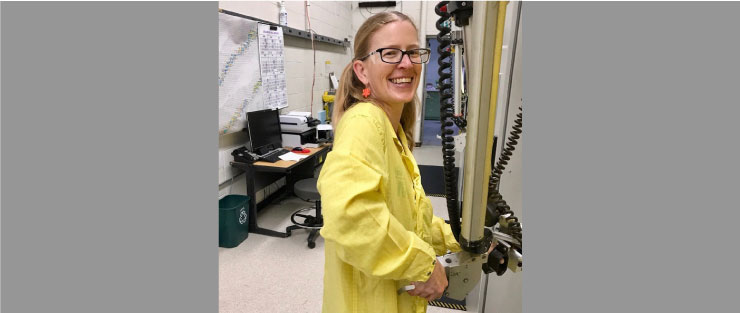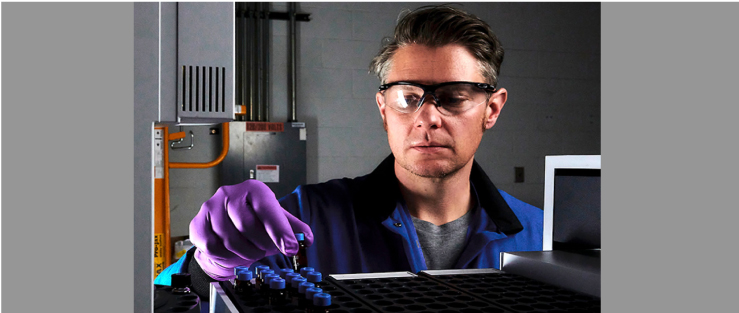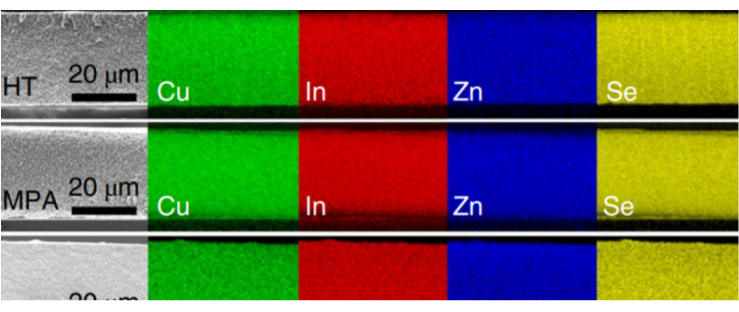Chemistry
Chemical science for a dynamic world
Contact Us
- Division Leader
- Mark McCleskey
- Deputy Division Leader
- Felicia Taw
- Division Office
- (505) 667-4457
Chemical science in support of the Laboratory's mission
The Chemistry Division serves the Laboratory's mission with innovative chemical science and technology for energy research, threat identification and mitigation, weapons science, health, space, and much more.
Our capabilities are also essential for the emerging mission areas of energy security, civilian-sector R&D, and industrial partnering.
Core capabilities
- Actinide chemistry
- Isotope science
- Synthetic and mechanistic chemistry
- Chemistry for measurement and detection science
- Chemistry of materials
- Data analysis and modeling for chemical sciences
- Radiochemistry and nuclear science
Structure of the Chemistry Division
The Chemistry Division is composed of the division office and five technical groups. Each group name gives an indication of the types of activities being pursued within the group. There are about 450 employees in this division. They consist of technical staff members, technicians, support personnel, students and postdoctoral researchers.
Many our research and development projects span several groups and divisions, and a number of them involve partnerships with academia, industry, or both.
Our annual budget of approximately $95 million comes from a diverse set of program offices within the Laboratory. These offices focus on nuclear weapons, threat reduction, homeland security, science, applied energy, and environment. They serve as the interfaces with program elements of the Department of Energy and other federal agencies, like the Department of Defense, Department of Homeland Security, the National Institutes of Health, and the National Science Foundation.
Postdocs and students
Postdoctoral and student employees account for roughly 20 percent of our workforce and join us from colleges and universities around the country and the world. They bring new ideas and techniques from their most recent appointments and contribute to our division’s vitality and development.
Over the years, many of our postdoctoral fellows have joined the Laboratory as technical staff members. Others have gone on to academic, research, national laboratory, or industrial appointments.










